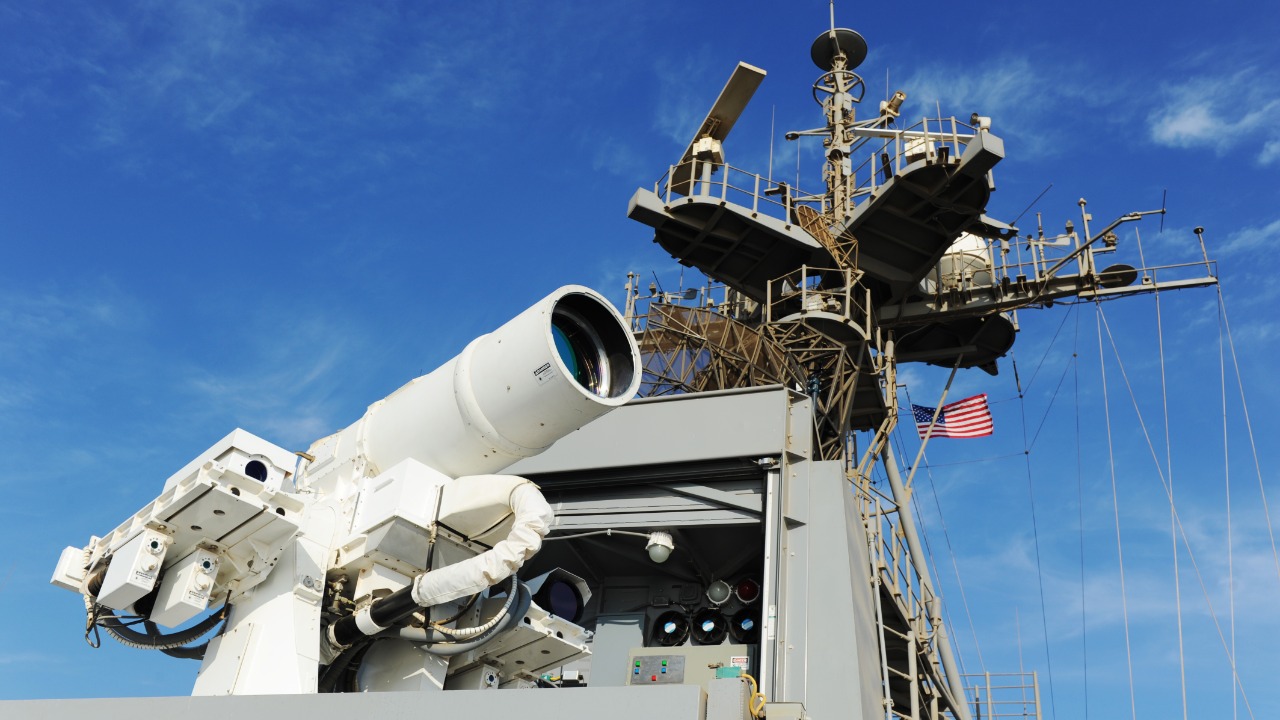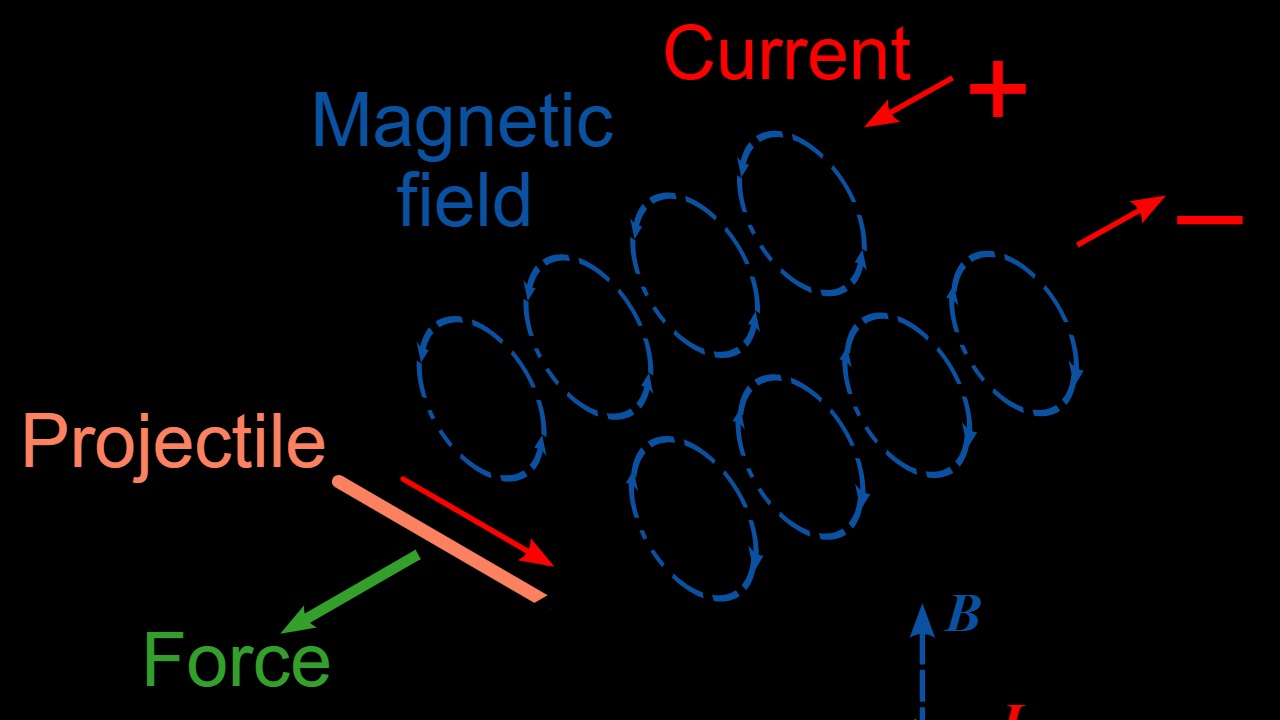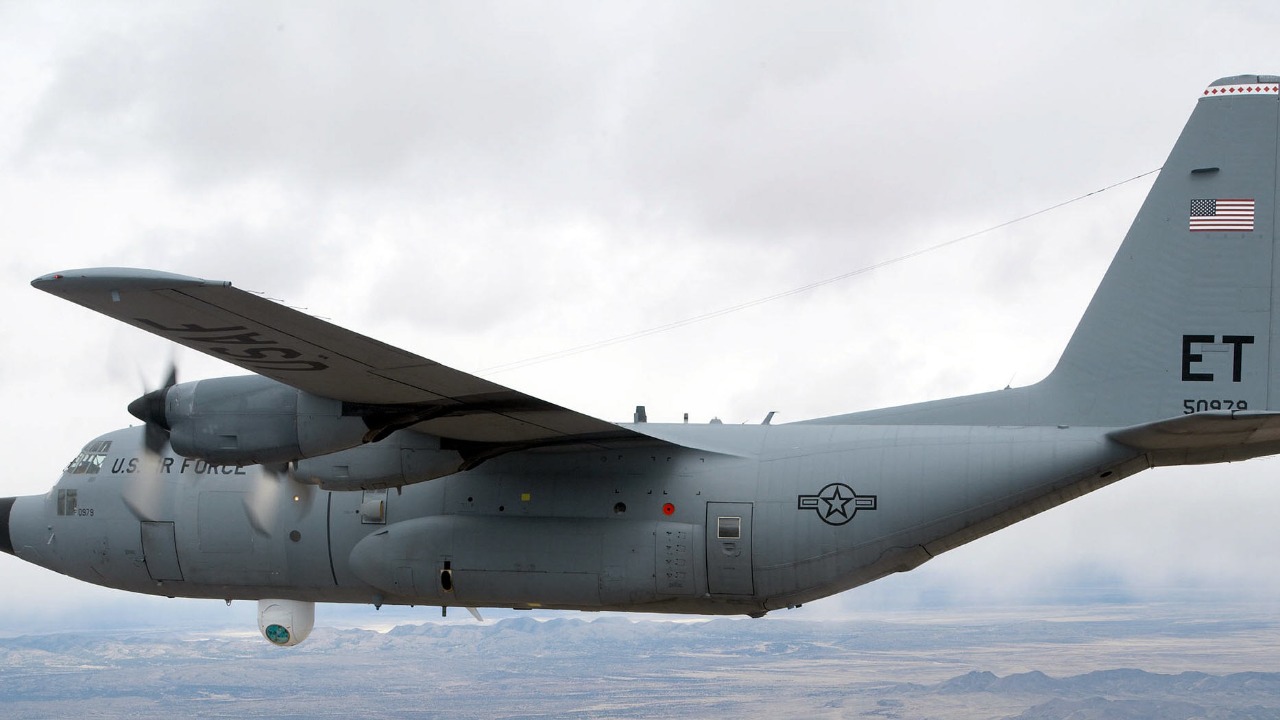
Advancements in technology have led to the development of weapons that redefine modern warfare. These innovations are not just futuristic concepts but real tools that could potentially alter global power dynamics. Here are nine cutting-edge weapons that even the military finds daunting.
1. Hypersonic Glide Vehicles

Hypersonic Glide Vehicles (HGVs) are revolutionizing the speed at which military targets can be reached. Capable of traveling at speeds exceeding Mach 5, these vehicles can maneuver unpredictably, making them difficult to intercept. Unlike traditional ballistic missiles, HGVs do not follow a fixed trajectory, which complicates defense strategies.
Nations like Russia and China are heavily investing in this technology, raising concerns about a new arms race. The potential for these weapons to evade current missile defense systems makes them a formidable component of modern arsenals.
2. Autonomous Swarm Drones

Autonomous swarm drones represent a leap in military strategy. These drones can operate in coordinated groups without human intervention, overwhelming enemy defenses with sheer numbers. Their ability to collect data and adapt in real-time on the battlefield makes them an invaluable asset.
Furthermore, these drones can be engineered for various purposes, from reconnaissance to direct attacks. As seen in Ukraine’s deployment of dragon drones, their tactical advantage is increasingly being recognized worldwide.
3. Quantum Radar Systems

Quantum radar systems are set to revolutionize detection capabilities. Using quantum entanglement, these systems can identify stealth aircraft and other objects previously invisible to conventional radar. This advancement could render current stealth technology obsolete, altering strategic calculations on the battlefield.
The precision and accuracy of quantum radar offer a significant edge in intelligence gathering. However, the technology remains in its infancy, with ongoing research needed to fully integrate it into military operations.
4. Directed Energy Weapons

Directed energy weapons, such as laser systems, offer the promise of precision targeting with minimal collateral damage. These weapons can disable electronics, vehicles, and even aircraft with pinpoint accuracy. Their potential to provide a virtually unlimited magazine, as long as there is power, makes them attractive for future warfare scenarios.
Despite the challenges in development, such as power supply and targeting systems, directed energy weapons are seen as a crucial component of future military arsenals.
5. AI-Powered Cyber Warfare Tools

AI-powered cyber warfare tools are becoming increasingly sophisticated and capable of executing complex attacks autonomously. These tools can infiltrate, manipulate, and disrupt enemy networks, causing chaos without physical confrontation. With the ability to learn and adapt, AI cyber tools present a new frontier in warfare, where battles are fought in virtual spaces.
The reliance on digital infrastructure in modern society makes these tools particularly dangerous, as they can cripple essential services and communication networks.
6. Genetically Engineered Bioweapons

Genetically engineered bioweapons pose a significant threat due to their potential for targeted impact. Advances in genetic engineering allow for the creation of pathogens with specific characteristics, making them more contagious or lethal.
The ethical concerns surrounding their use are profound, yet the possibility of bioweapons being utilized in conflict cannot be ignored. The international community continues to grapple with the implications of these developments, striving to establish norms and controls to prevent their misuse.
7. Electromagnetic Railguns

Electromagnetic railguns represent a leap in projectile weaponry. These guns use electromagnetic force to launch projectiles at hypersonic speeds, offering greater range and impact than conventional artillery.
The absence of explosives in the ammunition minimizes the risk of accidental detonation, enhancing safety. However, the power requirements and technical challenges involved in their deployment remain significant hurdles. Despite these challenges, railguns are considered a promising technology for future military applications.
8. Underwater Stealth Drones

Underwater stealth drones offer a new dimension to naval warfare. These drones can operate undetected, gathering intelligence or executing missions in hostile waters. Their ability to evade traditional sonar detection makes them invaluable for reconnaissance and covert operations.
As nations continue to bolster their underwater capabilities, the strategic importance of these drones is expected to grow. The development of advanced underwater stealth drones is a priority for military forces seeking dominance in maritime domains.
9. Advanced Tactical Lasers

Advanced tactical lasers provide precision targeting capabilities with the potential to neutralize threats swiftly. These lasers can disable vehicles, drones, and even aircraft, offering a versatile tool for modern warfare. The ability to deliver concentrated energy without explosive effects reduces collateral damage and increases operational flexibility.
However, the development of tactical lasers faces challenges such as power supply and thermal management. Despite these obstacles, the integration of tactical lasers into military systems is anticipated to enhance combat effectiveness.
For more insights into how these technologies might shape future conflicts, consider exploring discussions on scariest military weapons or read about historical developments such as the impact of the atomic bomb on warfare.